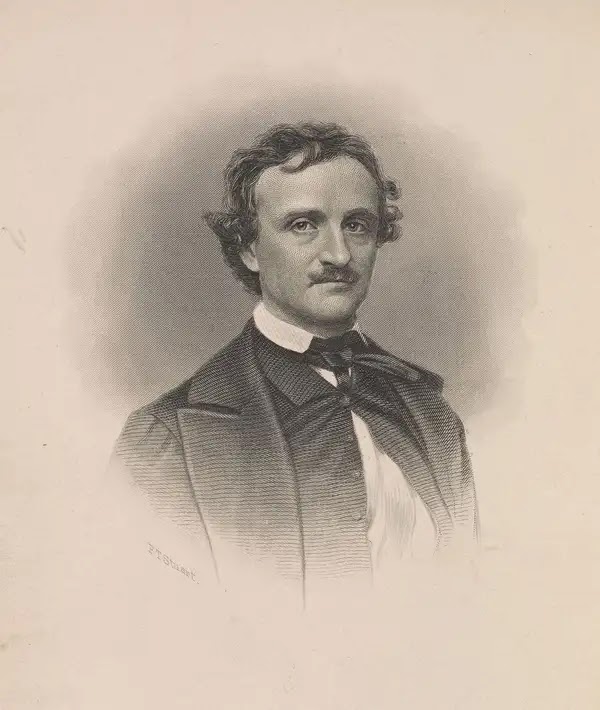Dive Deep into Advaita Vedanta Philosophy with Vedantasara of Sadananda | HUA
In this course, students will look into some of the biggest misconceptions about Advaita Vedanta that have grown up over time. Is the world supposed to be fake? Is it a negative way of thinking? Is it time to give up on the world? Does it only apply to Sannyasis? After a deep look into an original Sanskrit work, Vedantasara of Sadananda, an authoritative Acharya of the Advaita tradition, students will be encouraged to form well-informed opinions about Advaita Vedanta. This study will help students learn new things about the idea of Advaita Vedanta.
This course is the first in a two-part series that systematically explains Advaita Vedanta using a text by Sadananda called Vedantasara. Advaita Vedanta is the most active and well-known of all the Vaidika Darshanas. It is well-written and solves our most important questions about life and being human. Even though there are many texts that talk about the ideas of Advaita Vedanta, Vedantasara is a great book for people who are just starting out.
In India, this text is required for graduate students at colleges. What Sankhya Karika is to Sankhya philosophy, Vedantasara is to Advaita Vedanta. The Prose form of the Vedantasara is made up of 42 Gadyanshas. Once a student has a strong base in Advaita Vedanta, other texts like the Brahmasutra, the Bhagavadgita, the Upanishads, and other Darshanas will be easier to understand.
About half of the book will be covered in the first course, and the rest will be covered in the second course. You don't need to know Sanskrit or Vedanta philosophy to take this study. The main text will be sent to the students as a PDF file with both Devanagari and Roman writing. Also, PDF files of additional readings will be passed around. Students will also start learning the Sanskrit language in this class.
The course's learning goals are for students to be able to:
1) Explain the basic ideas of the Advaita Vedanta philosophy, such as what Brahman, Maya, Avidya, Vidya, and Samsara are.
2) Get a good understanding of the complex Sanskrit words like panchikarnam, Iswara, jiva, smasti, and vyasti.
3) Evaluate the idea that Advaita teaches people to give up the world by getting a deep understanding of the terms "mind," "ego," "intellect," and "atma."
4) Talk about the four mahavakyas and compare the Vedantic teachings in the current book to those in the Upanishads and the Bhagavad Gita.
5)Show that you are very interested in the Sad Dharshanas, especially the schools like Sankhya, Yoga, Nyaya, and Vaisheshika.
Structure of Classes:
Every week, there will be at least one hour of conversation. The way the class is set up encourages conversation and debate based on each week's self-study and reflection. Even though each class will talk about the same topic for 60 minutes, the discussion time will be open-ended and can go on for up to 30 minutes more. At the end of the course, each student will have to finish one task.
Early on in the course, the students would be given a sample question paper so that they could ask the teacher for help if they needed to.
CONTACT — 407–205–2118
Overview >> Hindu University Of America
EMAIL- saksham.mangwana@hua.edu
Address- 5200 Vineland Rd 125 Orlando, FL 32811




Comments
Post a Comment